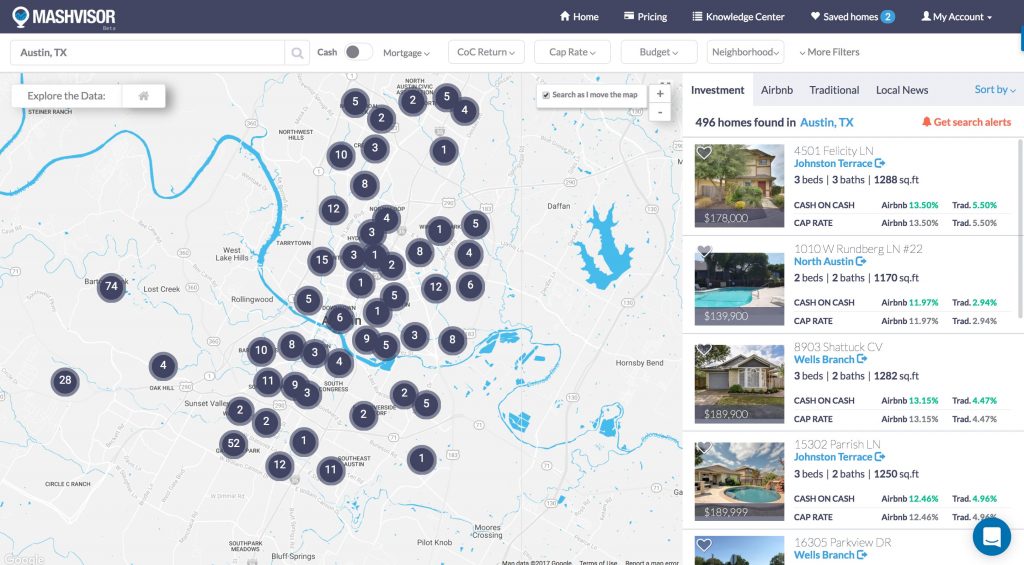Uncovering Hidden Gems: The Art of Analyzing Neighborhood Trends for Real Estate Investment

As a savvy real estate investor, you’re always on the lookout for the next big opportunity. But how do you uncover the hidden gems that will give you a competitive edge in the market? The answer lies in analyzing neighborhood trends. By understanding the intricacies of local markets, you can make informed investment decisions that will yield long-term returns.
So, where do you start? Let’s dive into the world of neighborhood trend analysis and explore the key factors that can make or break a real estate investment.
Demographics: The Foundation of Neighborhood Trends
Demographics are the backbone of neighborhood trend analysis. By understanding the local population’s characteristics, such as age, income, and lifestyle, you can identify areas with high growth potential. Look for neighborhoods with:
- A high percentage of young professionals and families with children, indicating a growing demand for housing and amenities.
- Increasing population density, which can lead to higher property values and rental yields.
- A diverse community with a mix of cultures and income levels, fostering a vibrant and inclusive environment.
Housing Market Trends: What’s Hot and What’s Not
The housing market is a key indicator of neighborhood trends. Analyze the local market by:
- Monitoring inventory levels and sales data to identify areas with low supply and high demand.
- Tracking price appreciation and affordability to determine the sustainability of home values.
- Looking for neighborhoods with a high percentage of owner-occupiers, indicating a stable community.
Economic Indicators: Job Market, Infrastructure, and Local Economy
The local economy plays a significant role in shaping neighborhood trends. Consider the following factors:
- Job market: A strong job market with diverse industries and major employers can drive housing demand.
- Infrastructure: Upgrades to transportation, schools, and community facilities can boost property values.
- Local economy: A thriving local economy with small businesses and amenities can create a desirable lifestyle.
Amenities and Quality of Life: What Matters Most
Amenities and quality of life are crucial in evaluating neighborhood trends. Think about:
- Access to public transportation, parks, and community facilities.
- Quality of local schools and education options.
- Proximity to shopping, dining, and entertainment options.





